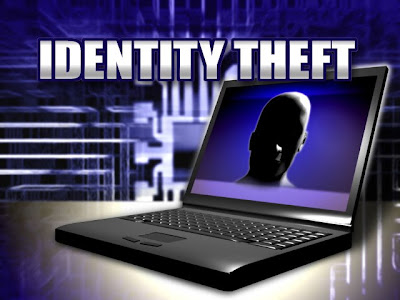
Today we received an email missive from a friend. It was a well-meaning gesture - you know the sort; a forwarded email with tag-lines such as ‘You must read this - warning!’, or ‘Hilarious!’ or similar, usually containing an ancient joke that any individual well versed in the internet would have seen anyway, or some supposed ‘scam’ that we were being warned about. And you may wonder why it’s being mentioned in here.
It’s simple. really; firstly, almost every one of the so-called ‘scams’ that get forwarded is nothing of the sort. They’re virtually all hoaxes, plain and simple, usually started by small-minded individuals who seem to have nothing more enriching in their lives than a computer and a stack of hamburgers. Fortunately, for every malicious individual who delights in clogging the internet, there are some who delight in thwarting them. Snopes is one such institution, a site that exposes each and every ‘scam’ for what it is. Scare stories abound, from children disappearing on Walt Disney rides to people who manipulate your telephone to run up bills of thousands of pounds, each and every one pure invention. Incredibly, some highly intelligent individuals, many of whom are people who’ve made a lot of money in their shrewd business dealings, accept this waffle unquestioningly and don’t bother checking the facts. In fact, people sometimes seem so naive it’s surprising they make it to the shops and back.
But that’s actually not the worst aspect of a forwarded email. The very, very worst facet of the thing is that your email address is printed - clear and obvious - along with about a hundred others at the top of the email.
It’s tempting to wonder why people who - presumably - sometimes lock their door when they leave the house and, one assumes, don’t have a large sign outside their house giving details of their names, birthdays, mother’s maiden name and bank account passwords seem more than happy to broadcast your email addresses, along with those of many others when there’s simple way to avoid it. Email clients have three lines in their address fields: To: (that’s the person you’re sending the email to - obviously:-) CC: that’s the Carbon Copy line which send copies of everything to everyone on the same line, and BCC. It’s the BCC line that people don’t seem to know how to use, and it’s actually the most important line on an email client.
If you CC an email, every single recipient will see everything sent to everyone else on that line. Think of CC as a loud hailer when you use it: if you’re happy for everyone to know everything, including addresses, then use CC. If, however, you’d prefer not to shout all the information to everyone, then - if you must forward these emails - use BCC, as that way the recipients will see only the message and not everyone else’s email address.
Why not show everyone’s email address, you might be tempted to ask. Because it only takes one person on that address list who hasn’t updated their virus checker for you to start receiving a welter of emails, offering everything from fake perfume to promises of quite astonishing but highly improbable bodily enhancements. In short, it allows spammers to get your email address, which is doubly irritating when you take a lot of care to avoid precisely that issue yourself.
Curiously, it’s likely that most of your friends are extremely cautious about passing on personal information about you. No decent friend will give out your address to a stranger, for instance, and certainly not your date of birth, the two items most needed by identity theft specialists. Yet if you mention to a friend that you’d rather they didn’t forward you emails of scams (which probably aren’t) or enormously amusing and side-splitting jokes (which you’ve probably seen, anyway) they take offence, as though you’ve just rejected the bottle of wine they’ve given you at a dinner party. Perhaps you should simply post them the url of this blog article...

No comments:
Post a Comment